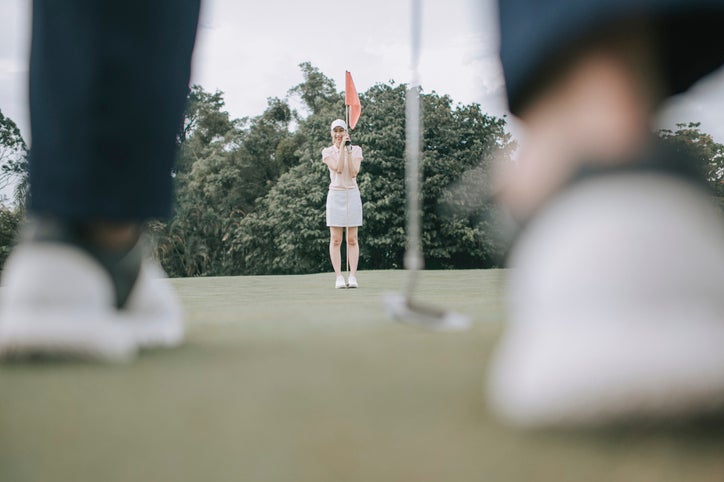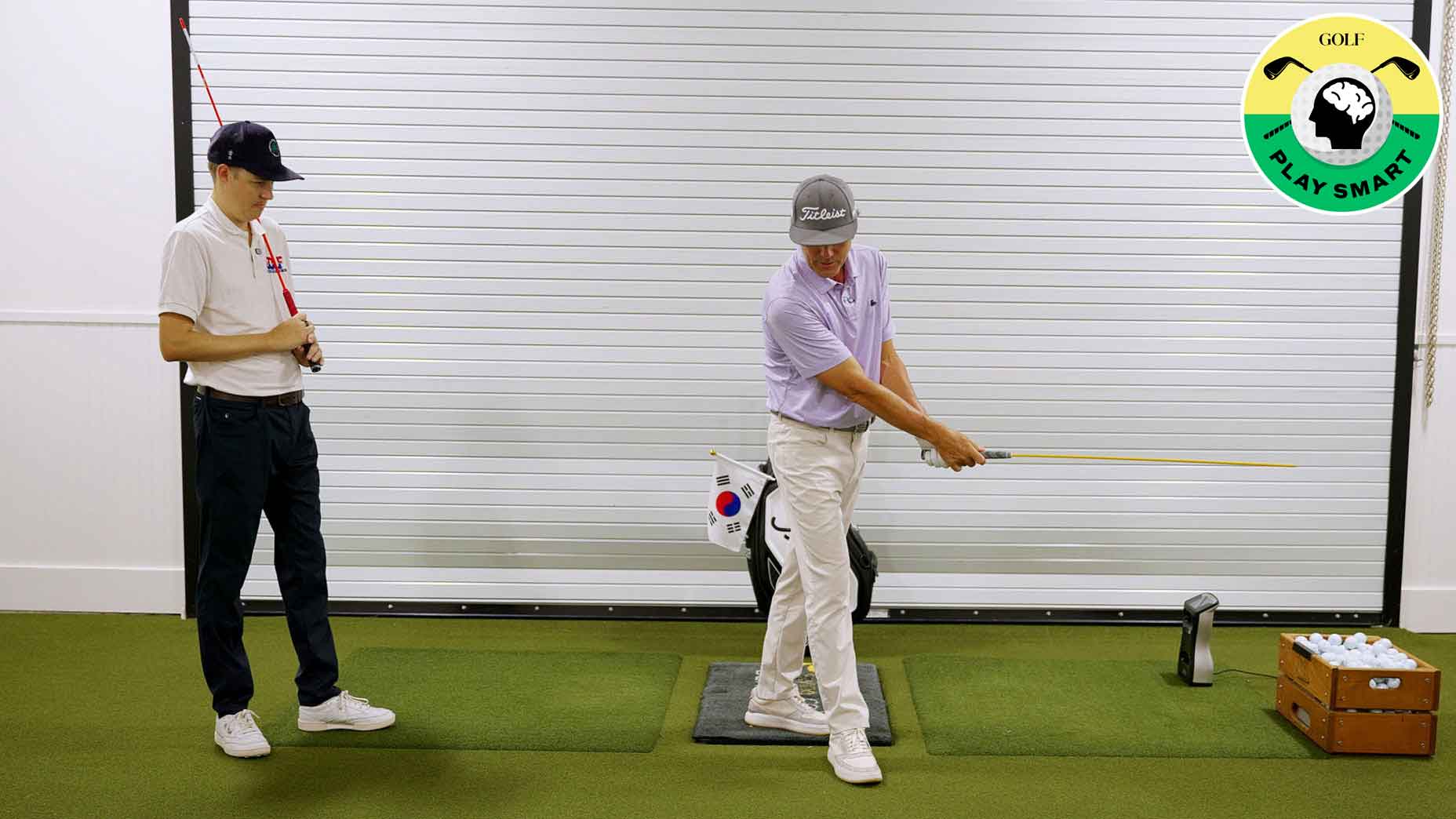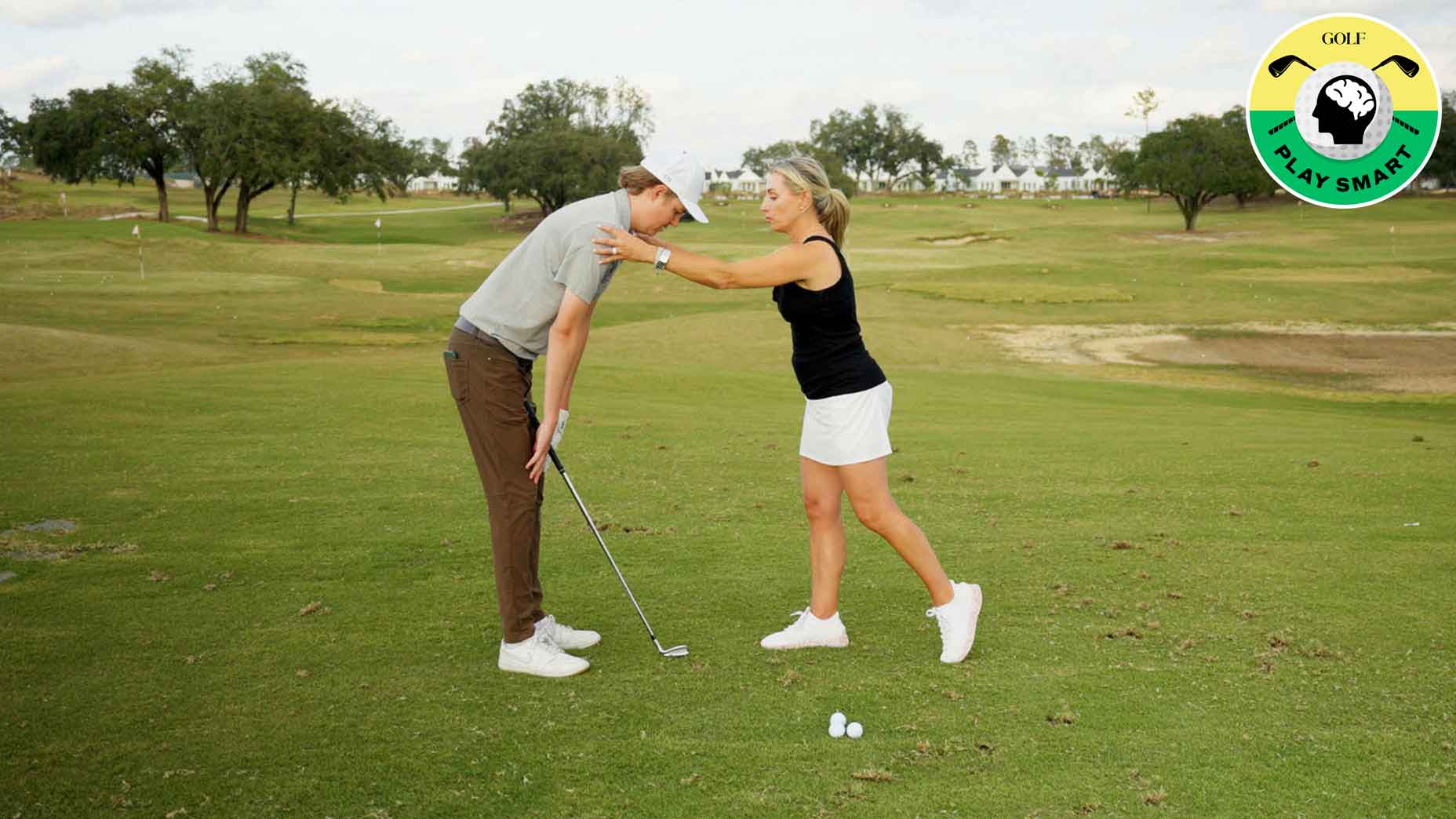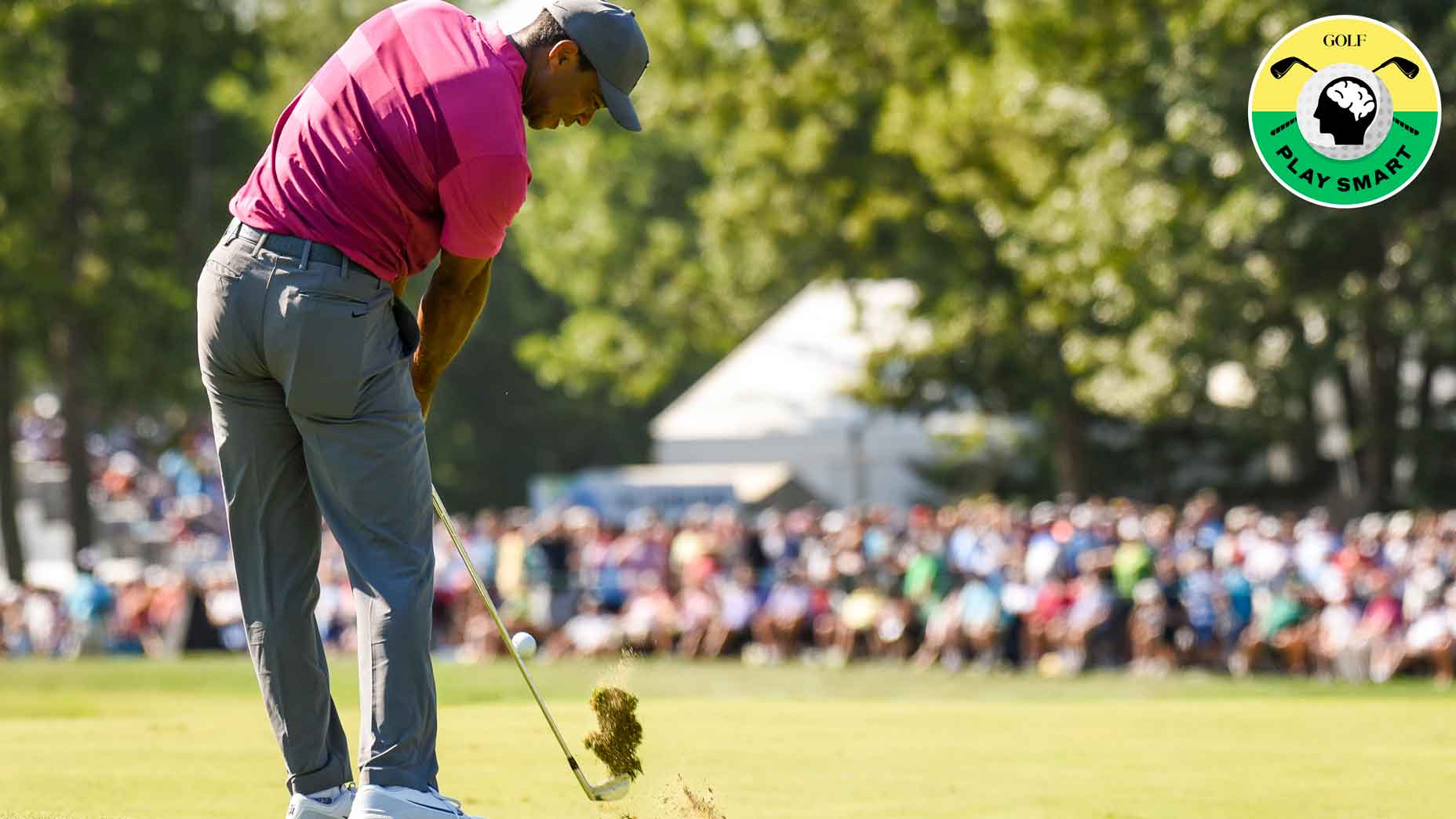Welcome to Play Smart, a new game-improvement column that drops at noon (ET) every Monday, Wednesday, and Friday from Director of Game Improvement content Luke Kerr-Dineen to help you play smarter, better golf.
Last week, inspired by a recent trip of mine to my local driving range where my next door neighbor violated one of these rules, I whipped up a quick article about some various driving range etiquette rules that through no fault of their own, are unknown to most golfers. I was overwhelmed by the positive feedback from people who emailed me directly about the article or found me on social media. I’m still working through it all, but thanks to all of you who reached out!
And in the meantime, I wanted to continue the theme with a rundown of some little-known etiquette rules on the practice putting green. Arguably these are even more important than the rules of the driving range, because unlike the range, golfers don’t have set stations. They’re moving around between areas, often within smaller spaces than on the range.
All of which is to say etiquette is extra important, so here are a few things to keep in mind…

1. Don’t make footmarks in the green
Perhaps a surprise inclusion to include first on the list, but the superintendents of the world will no doubt agree with me. If you stand in one spot for any prolonged period of time on a surface as delicate as a putting green, you’ll kill the grass under your feet and leave behind footmarks. It looks terrible and frankly, it’s really selfish.
So if you’re planning on staying in one spot for a long time to practice your putting, put a towel under your feet and stand on that, like you see PGA Tour player Sam Burns doing below. Though I’d opt for the best solution of all: Don’t stand in the same spot for too long.
2. Don’t putt through other people’s lines
The common thread of everything here can be summarized neatly as: ‘Be aware of others.’ That means when somebody is about to hit a putt, don’t be the golfer who rips a long putt through their line to a hole on the other side of the green. It’s fine to hit longer putts, but make sure the path ahead of you is clear. As long as you’re putting around other golfers, rather than through them, nobody else will mind.
3. Don’t walk through other people’s lines
Along those lines, let’s not forget about my biggest pet peeve in golf: Walking in other people’s lines on the green. All you’re doing is making the game harder for them, which really isn’t nice or fair. Just like you’d look both directions before crossing the street so you don’t walk into traffic, don’t walk between another golfer and the hole they’re putting to. Don’t do it on the course, and don’t do it on the practice putting green.

4. Don’t putt to holes that other people are using
Sometimes the green is so busy that you don’t have any option but to putt to a hole another golfer is currently using. In that case it’s a free-for-all where the rules don’t apply, so don’t fret. Outside of that, try to find your own space, and give your fellow golfers theirs so you can each practice your putting in peace.
5. If the green is small and busy, don’t set up a big putting drill
Look, I love a good putting drill, and I’d highly recommend that golfers do more of them. But when the green is small and/or busy with other golfers, don’t create an elaborate putting game that crowds the entire area. Remember, this is a shared space. Putting to one hole is fine, but don’t force everybody else to work around you.
Patrick Reed out here creating artistic sculptures on the practice green pic.twitter.com/GvstEh36OR
— LKD (@LukeKerrDineen) August 18, 2020
6. Don’t chip on the putting green
Some courses have separate putting and chipping greens with signs denoting each. If that’s not the case at wherever you play and you aren’t sure of the rules, then my advice is to avoid chipping altogether. Chipping can leave behind lots of wear-and-tear on the putting green that will spoil everyone’s putting experience, and the chance of a golfer accidentally catching a chip thin and hitting one of their peers is unnerving for everyone.
7. Don’t be too chatty
See a golfer trying something interesting? Or curious as to what putter they’re using? Then sure, go ahead and ask them. But just like on the driving range, chances are that the golfer on the other end didn’t decide to practice his putting secretly hoping for a wide-ranging chat. A quick question or so is fine, but otherwise, leave them alone.

8. No more than three golf balls
Personally, I’m more of a fan of golfers who use one golf ball and play a putting game of some sort, like this. But if you like using multiple golf balls on the practice putting green, make sure you don’t use more than three. Three is the perfect number for accomplishing what you need to with multiple golf balls (helping you get a handle on the speed of the greens).
When you start using five or six golf balls, it doesn’t just take you longer, you’re also probably leaving golf balls scattered around everywhere.
9. Clean up after yourself
Which brings us to our next point: Leave the putting green as you found it. Put the pins back in the holes, clean up your golf balls, pick up your tees, and don’t leave footmarks on the green!

10. Don’t dilly dally
Last but not least, the golden rule of golf: Do what you need to do and get off the green so somebody else can work on their game. That doesn’t mean you need to rush, but it does mean you shouldn’t waste time.
Want to perfect your putting stroke? Get yourself a putter fitting from the experts at our sister company, True Spec Golf.










